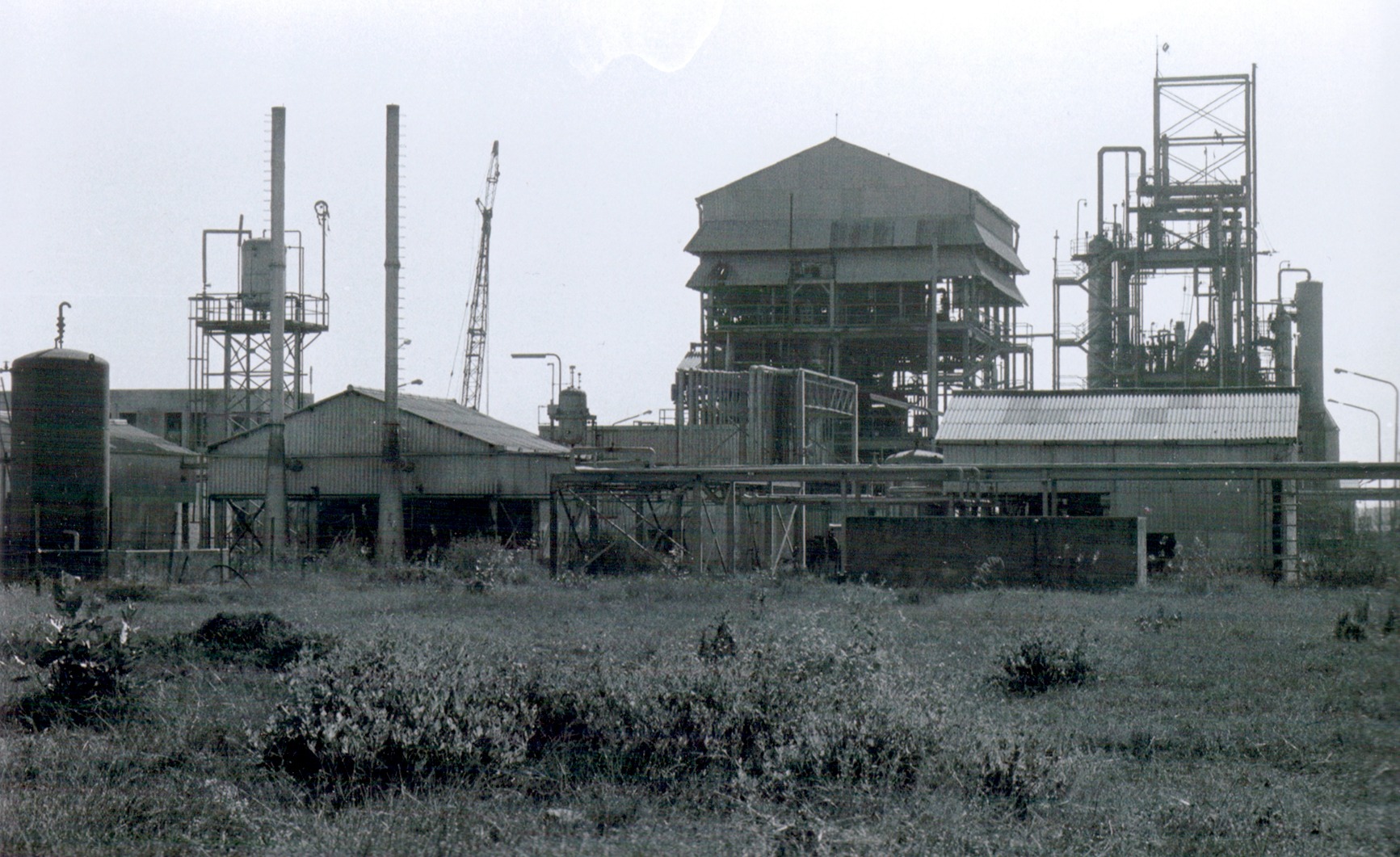The Bhopal Gas Tragedy stands as one of the most devastating industrial disasters in history. Occurring in the heart of India, this catastrophe led to the immediate and long-term suffering of thousands. Understanding this tragedy is crucial, not just to remember those who suffered but to ensure such a disaster never happens again.
Background
Bhopal, the capital city of Madhya Pradesh, was home to the Union Carbide India Limited (UCIL) plant. Established in the late 1960s, this facility was part of Union Carbide Corporation, a U.S.-based company. The plant produced pesticides, with Methyl Isocyanate (MIC) as a critical intermediate. Bhopal, a growing city, witnessed this industrial setup without knowing the dark cloud it would soon bring.
The Night of the Disaster
On the night of December 2-3, 1984, a series of safety failures led to the release of MIC gas. At around midnight, a tank containing MIC overheated, resulting in the emission of a toxic cloud that swept through the densely populated neighborhoods around the plant. The residents, unprepared and unaware, bore the full brunt of this invisible killer.
Chemical Involved
MIC, or Methyl Isocyanate, is a highly volatile and reactive chemical. It is extremely hazardous, capable of causing severe harm upon inhalation, ingestion, or contact. In Bhopal, exposure to MIC resulted in immediate symptoms such as burning eyes, respiratory distress, and vomiting, followed by severe pulmonary and neurological damage.
Chronology of Events
The gas leak began at approximately 12:30 AM. Within an hour, the toxic cloud had engulfed large parts of Bhopal. UCIL’s initial response was slow and inadequate, leading to a chaotic evacuation. Local authorities were similarly overwhelmed, and the full scale of the disaster unfolded over the next few hours, leaving a trail of death and devastation.
Impact on Human Life
The immediate impact was catastrophic. Estimates suggest that around 3,000 people died within the first few hours. In the following weeks, the death toll rose to about 10,000. Long-term effects included chronic respiratory issues, eye problems, and various other health complications. Over 500,000 people were affected, with many suffering permanent disabilities.
Environmental Consequences
The gas not only affected humans but also contaminated the environment. Air quality deteriorated immediately. The soil and water sources in the vicinity of the plant were polluted, affecting agriculture and potable water supplies. This contamination persisted for years, hampering the recovery of the local ecosystem.
Government and Corporate Response
The Indian government swiftly stepped in, providing immediate relief and medical care. However, the response was criticized for its inadequacy given the scale of the disaster. Union Carbide Corporation faced intense scrutiny. Initially, the company downplayed the incident but eventually, it had to address the crisis amid growing international pressure.
Legal and Financial Settlements
In 1989, Union Carbide and the Indian government reached a settlement of $470 million. This amount was intended to cover all claims but was widely criticized as insufficient. Legal battles continued for years, with victims and advocacy groups demanding more compensation and accountability.
International Reaction
The Bhopal Gas Tragedy garnered worldwide attention. Media outlets across the globe highlighted the disaster, sparking outrage and prompting discussions about industrial safety and corporate responsibility. International organizations and countries offered aid and expertise to assist in the aftermath.
Survivor Stories
Personal accounts from survivors paint a harrowing picture of the night of the gas leak. Many recount the chaos, the struggle to breathe, and the desperate attempts to flee the invisible threat. These stories are a testament to human resilience in the face of unimaginable adversity.
Health Initiatives and Research
Following the tragedy, numerous health studies were conducted to understand the long-term effects of MIC exposure. These studies revealed ongoing health issues among survivors. Various health initiatives were launched to provide medical care and support to the affected populations, although many argue that more comprehensive efforts are needed.
Lessons Learned
The Bhopal Gas Tragedy prompted significant changes in industrial safety regulations. Countries around the world revisited their safety standards, and corporate accountability came into sharper focus. The incident underscored the need for stringent safety protocols and the importance of being prepared for industrial accidents.
Memorials and Remembrance
Several memorials have been erected in Bhopal to honor the victims. Annual remembrance ceremonies are held to keep the memory of the tragedy alive and to remind the world of the consequences of industrial negligence. These memorials serve as poignant reminders of the lives lost and the need for vigilance in industrial practices.
Conclusion
The Bhopal Gas Tragedy remains a somber chapter in industrial history. Its impact on human lives, the environment, and industrial policies is profound. Remembering Bhopal is crucial not only to honor those affected but also to ensure that the lessons learned lead to safer and more responsible industrial practices worldwide. Get more news about latest incidents and tech related update on The Entertain Adda.




